Home>diy>Architecture & Design>How To Become A Blueprint Designer
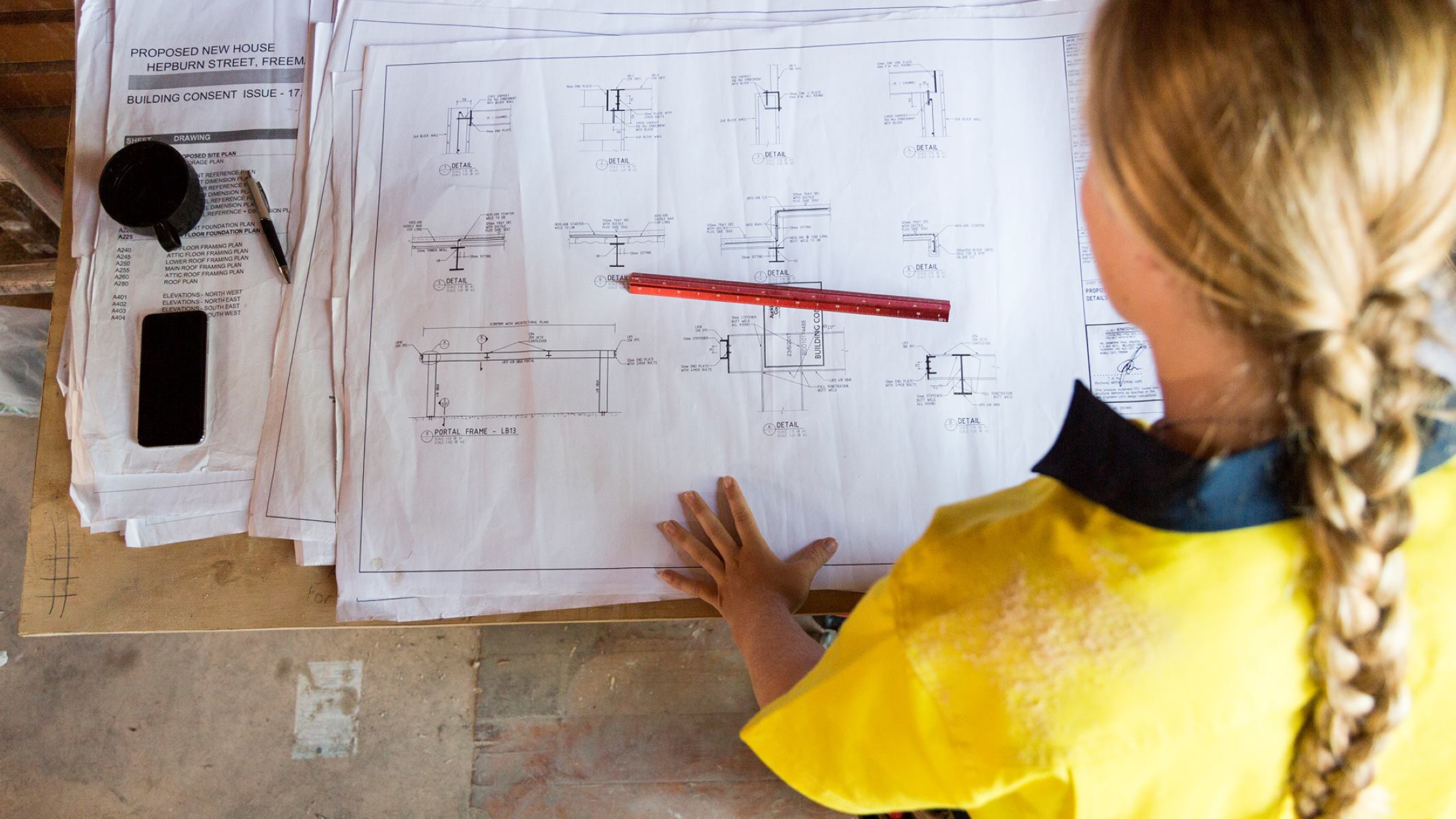

Architecture & Design
How To Become A Blueprint Designer
Modified: December 7, 2023
Learn the step-by-step process of becoming a blueprint designer in the field of architecture design. Enhance your skills and create stunning blueprints with our comprehensive guide.
(Many of the links in this article redirect to a specific reviewed product. Your purchase of these products through affiliate links helps to generate commission for Storables.com, at no extra cost. Learn more)
Introduction
Blueprint design is a crucial aspect of architecture and engineering, providing a visual representation of a building’s design and layout. Blueprint designers play a key role in translating the visions and ideas of architects and engineers into precise and detailed drawings. If you have a passion for design, attention to detail, and a strong understanding of architectural and engineering principles, becoming a blueprint designer can be a fulfilling and rewarding career path.
However, to excel in this field, it is important to have a strong foundation in design principles, possess technical drawing skills, and stay updated with the latest trends and technologies. In this article, we will explore the essential steps to become a successful blueprint designer.
Whether you are just starting out or looking to enhance your existing skills, following these steps will help pave the way to a successful career as a blueprint designer.
Key Takeaways:
- Mastering blueprint design software and technical drawing skills, understanding architectural and engineering concepts, and building a diverse portfolio are essential steps to becoming a successful blueprint designer.
- Continuous learning, staying updated with the latest trends and technologies, and embracing new tools are crucial for professional growth and success in the field of blueprint design.
Read more: Why Is Blueprint Called Blueprint
Step 1: Develop a Strong Foundation in Design Principles
Before diving into blueprint design, it is crucial to have a solid understanding of design principles. This includes knowledge of color theory, composition, balance, and spatial relationships. Developing a strong foundation in design principles will allow you to create visually appealing and functional blueprints.
To develop your understanding of design principles, consider taking courses or pursuing a degree in architecture, interior design, or graphic design. These programs will provide you with a comprehensive education in design theory and practice. Additionally, there are numerous online resources, books, and tutorials available for self-guided learning.
It’s also beneficial to study and analyze existing blueprints and architectural designs. Observe how different elements are arranged, the use of lines, shapes, and textures, and the overall composition. By studying and deconstructing these designs, you can gain valuable insights into effective design principles and apply them to your own work.
Building a strong foundation in design principles will help you make informed decisions when designing blueprints, ensuring that your designs are aesthetically pleasing and functional.
Step 2: Learn to Use Blueprint Design Software
In today’s digital age, blueprint design has greatly evolved with the use of specialized software. Learning to use blueprint design software is essential for efficient and accurate design creation. It allows you to easily create, modify, and share blueprints with clients, architects, and engineers.
There are various blueprint design software options available, each with its own unique features and functionalities. Some of the most popular software programs in the industry include AutoCAD, Revit, SketchUp, and ArchiCAD. These software programs offer a wide range of tools, such as drawing tools, dimensioning tools, and 3D modeling capabilities, to streamline the blueprint design process.
To learn how to use blueprint design software, consider enrolling in online courses or attending workshops that specifically focus on the software you wish to master. These resources will provide you with hands-on experience and guidance on how to navigate the software’s interface, use different tools efficiently, and create detailed blueprints.
Additionally, familiarize yourself with keyboard shortcuts and time-saving techniques within the software. This will help you work more efficiently and increase your productivity as a blueprint designer.
Remember, learning to use blueprint design software is an ongoing process. New versions and updates are released regularly, introducing new features and improvements. Stay updated with the latest software developments, attend webinars, and join online forums or communities to connect with fellow blueprint designers and share knowledge and tips.
By mastering blueprint design software, you will be equipped with the necessary tools to create intricate and professional blueprints.
Step 3: Understand Architectural and Engineering Concepts
As a blueprint designer, it is essential to have a strong understanding of architectural and engineering concepts. This knowledge will allow you to accurately interpret and translate the design intentions of architects and engineers into well-executed blueprints.
Start by familiarizing yourself with architectural elements and terminology. Learn about different architectural styles, building materials, structural systems, and building codes and regulations. Understanding these concepts will help you create blueprints that are compliant with industry standards.
Similarly, gaining knowledge in engineering concepts such as structural design, HVAC (heating, ventilation, and air conditioning) systems, electrical systems, and plumbing systems is crucial. This understanding will enable you to incorporate these elements into your blueprints accurately and effectively.
A great way to enhance your understanding of architectural and engineering concepts is by collaborating with professionals in the field. Engage in discussions with architects, engineers, and construction professionals to learn from their expertise and gain insights into the practical application of these concepts.
Additionally, seek out educational resources such as books, online courses, and tutorials that delve into architectural and engineering principles. These resources will provide you with a comprehensive understanding of the technical aspects involved in blueprint design.
By having a solid understanding of architectural and engineering concepts, you will be able to create blueprints that not only capture the design vision but also adhere to the technical requirements necessary for the successful execution of a project.
Tip: To become a blueprint designer, focus on gaining a strong understanding of architectural and engineering principles, as well as proficiency in CAD software. Consider pursuing a degree in architecture or engineering and gaining practical experience through internships or entry-level positions in the field.
Step 4: Enhance Your Technical Drawing Skills
Technical drawing skills are fundamental for a blueprint designer. These skills allow you to accurately and precisely communicate design details through drawings and annotations. To excel in blueprint design, it is important to continuously enhance and refine your technical drawing skills.
Start by familiarizing yourself with the different types of drawing techniques commonly used in blueprint design, such as orthographic projections, isometric drawings, and axonometric drawings. Understand the principles behind each technique and practice creating drawings using these approaches.
Additionally, focus on improving your drafting skills, which involve creating detailed and accurate drawings by hand. This includes mastering line weights, shading, cross-hatching, and other techniques that add dimension and clarity to your drawings.
While traditional drafting skills are important, it is equally crucial to develop proficiency in digital drawing tools. Utilize the blueprint design software you learned in Step 2 to practice creating precise and detailed drawings digitally. Familiarize yourself with the software’s drawing tools, layers, and annotation features to effectively communicate design information.
Continuously practice and refine your technical drawing skills by working on various projects and challenges. Join drawing workshops or participate in online communities to receive feedback and guidance from experienced professionals. By seeking opportunities to improve your skills, you will become more confident in your ability to create accurate and visually appealing blueprints.
Remember, technical drawing skills require practice and patience to master. Dedicate time and effort to hone these skills, and you will have the ability to create professional and impressive blueprints.
Read more: How To Store Blueprints
Step 5: Gain Industry Experience and Build a Portfolio
Industry experience and a strong portfolio are invaluable assets for a blueprint designer. They showcase your skills, creativity, and ability to successfully execute design projects. To further advance your career, it is important to gain practical experience and build a diverse portfolio.
Consider seeking internships or entry-level positions at architecture firms, construction companies, or engineering firms. This hands-on experience will provide you with invaluable exposure to real-world projects and the opportunity to work alongside experienced professionals. Take on a variety of projects to expand your skillset and demonstrate your ability to work on different types of designs.
During your professional endeavors, keep a record of your work and compile it into a portfolio. Your portfolio should include a diverse range of blueprint designs that showcase your expertise in different areas, such as residential, commercial, or industrial projects. Include both digital and hand-drawn blueprints to highlight your versatility.
To make your portfolio stand out, consider adding a brief description of each project, along with any challenges you faced and how you overcame them. Including before and after photos, as well as client testimonials, will provide potential employers with a comprehensive understanding of your capabilities.
Networking is also crucial in the industry. Attend industry events, join professional organizations, and connect with other professionals in the field. Building strong relationships and expanding your network can lead to valuable opportunities for collaboration and career advancement.
Continuously update your portfolio as you complete new projects and improve your skills. It is important to showcase your best work and demonstrate growth and progression over time. Regularly review and refine your portfolio to ensure it represents your abilities and aligns with the type of work you aspire to take on.
By gaining industry experience and building a strong portfolio, you will increase your chances of landing more challenging and rewarding projects as a blueprint designer.
Step 6: Stay Updated with Latest Trends and Technologies
In the field of blueprint design, staying abreast of the latest trends and technologies is crucial for professional growth and success. The industry is constantly evolving, with new tools, techniques, and design trends emerging. To maintain a competitive edge, it is important to actively seek out opportunities to learn and stay updated.
Subscribe to industry publications, blogs, and online forums that focus on architecture, engineering, and design. These resources often provide insights into emerging trends, new technologies, and innovative design approaches. Engage in discussions and participate in webinars or workshops to expand your knowledge and gain exposure to new ideas.
Attend conferences, trade shows, and exhibitions to stay informed about the latest advancements in blueprint design. These events often showcase cutting-edge technologies, software updates, and industry best practices. Connecting with industry experts and participating in hands-on demonstrations can provide you with firsthand experience and a deeper understanding of the latest trends.
Embrace digital tools and technologies that streamline the blueprint design process. Explore new software updates, plugins, and automation tools that can enhance your workflow and increase productivity. This may include advancements in Building Information Modeling (BIM), virtual reality (VR) technology, or cloud-based collaboration platforms.
Continuously invest in your professional development by participating in training programs and certifications. Many software providers offer training courses and certifications that demonstrate your proficiency with their software. These credentials not only validate your skills but also demonstrate your commitment to staying current with industry standards.
Additionally, seek out opportunities for continued learning and skill expansion. This may involve enrolling in advanced courses or workshops to master new techniques or deepen your knowledge in specialized areas of blueprint design, such as sustainable design or interior layout planning.
By staying updated with the latest trends and technologies, you position yourself as a forward-thinking blueprint designer. Clients and employers will value your ability to incorporate innovative ideas and implement state-of-the-art tools and techniques.
Conclusion
Becoming a blueprint designer requires a combination of technical skills, design principles, industry knowledge, and a commitment to continuous learning. By following the steps outlined in this article, you can embark on a successful career in blueprint design.
Start by developing a strong foundation in design principles and understanding architectural and engineering concepts. This will allow you to create visually appealing and functional blueprints that meet industry standards.
Mastering blueprint design software is essential to streamline the design process and effectively communicate design intent. Acquire the necessary skills through courses, workshops, and hands-on practice.
Enhancing your technical drawing skills, both by hand and digitally, is crucial for creating accurate and detailed blueprints. Practice different techniques and utilize the drawing tools available in blueprint design software.
Gaining industry experience and building a diverse portfolio will demonstrate your capabilities and highlight your achievements as a blueprint designer. Seek internships, entry-level positions, and collaborations to gain practical experience and showcase your work to potential clients and employers.
Finally, staying updated with the latest trends and technologies in blueprint design is essential for professional growth. Embrace new tools, attend industry events, and continually expand your knowledge to adapt to the evolving landscape of the industry.
Remember, becoming a blueprint designer is a journey that requires dedication and a passion for design. Continue to learn, grow, and challenge yourself as you navigate this exciting and rewarding career path.
So, go ahead and embark on your journey to become a blueprint designer, where you can bring architectural visions to life through the power of precise and detailed blueprints.
Frequently Asked Questions about How To Become A Blueprint Designer
Was this page helpful?
At Storables.com, we guarantee accurate and reliable information. Our content, validated by Expert Board Contributors, is crafted following stringent Editorial Policies. We're committed to providing you with well-researched, expert-backed insights for all your informational needs.
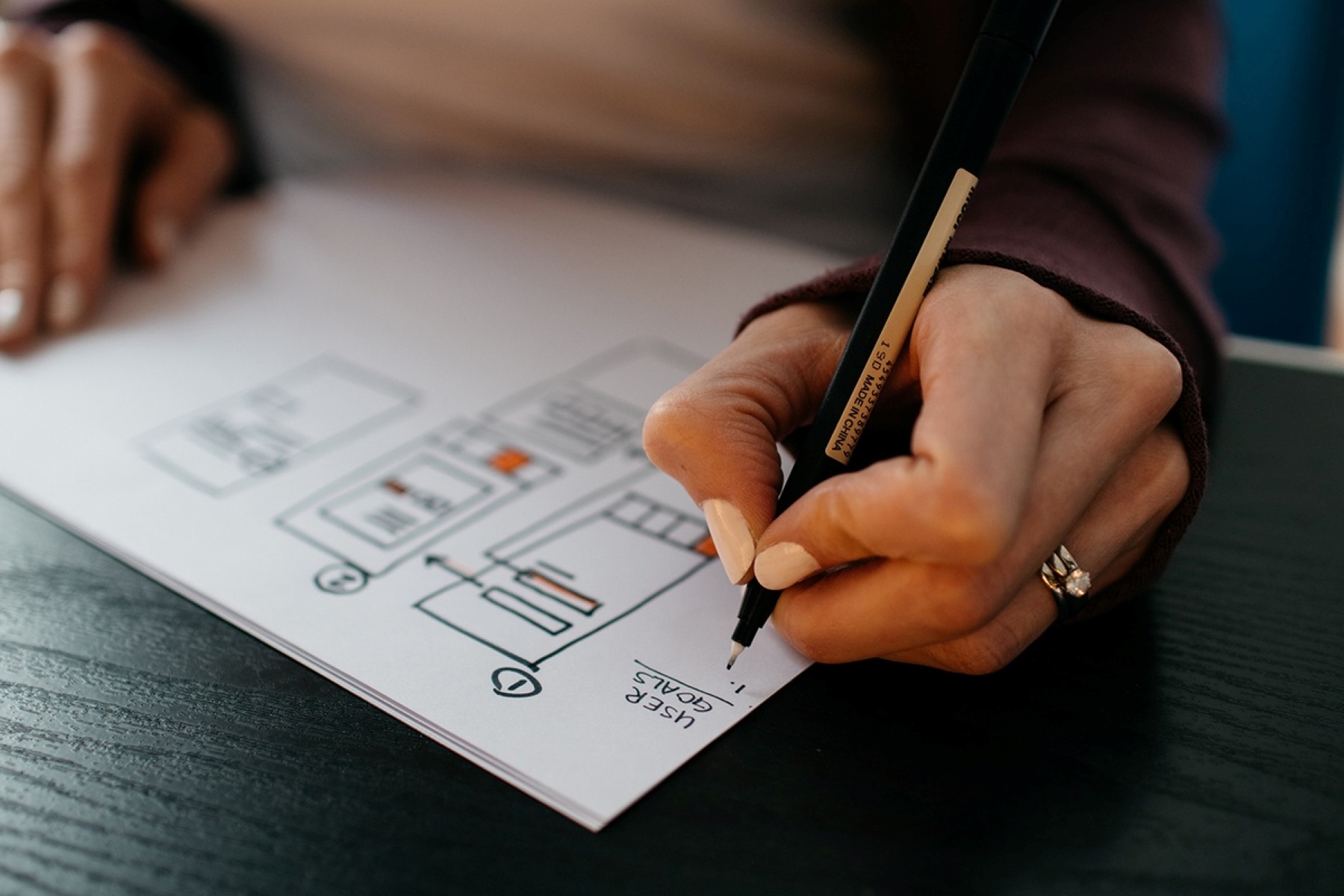
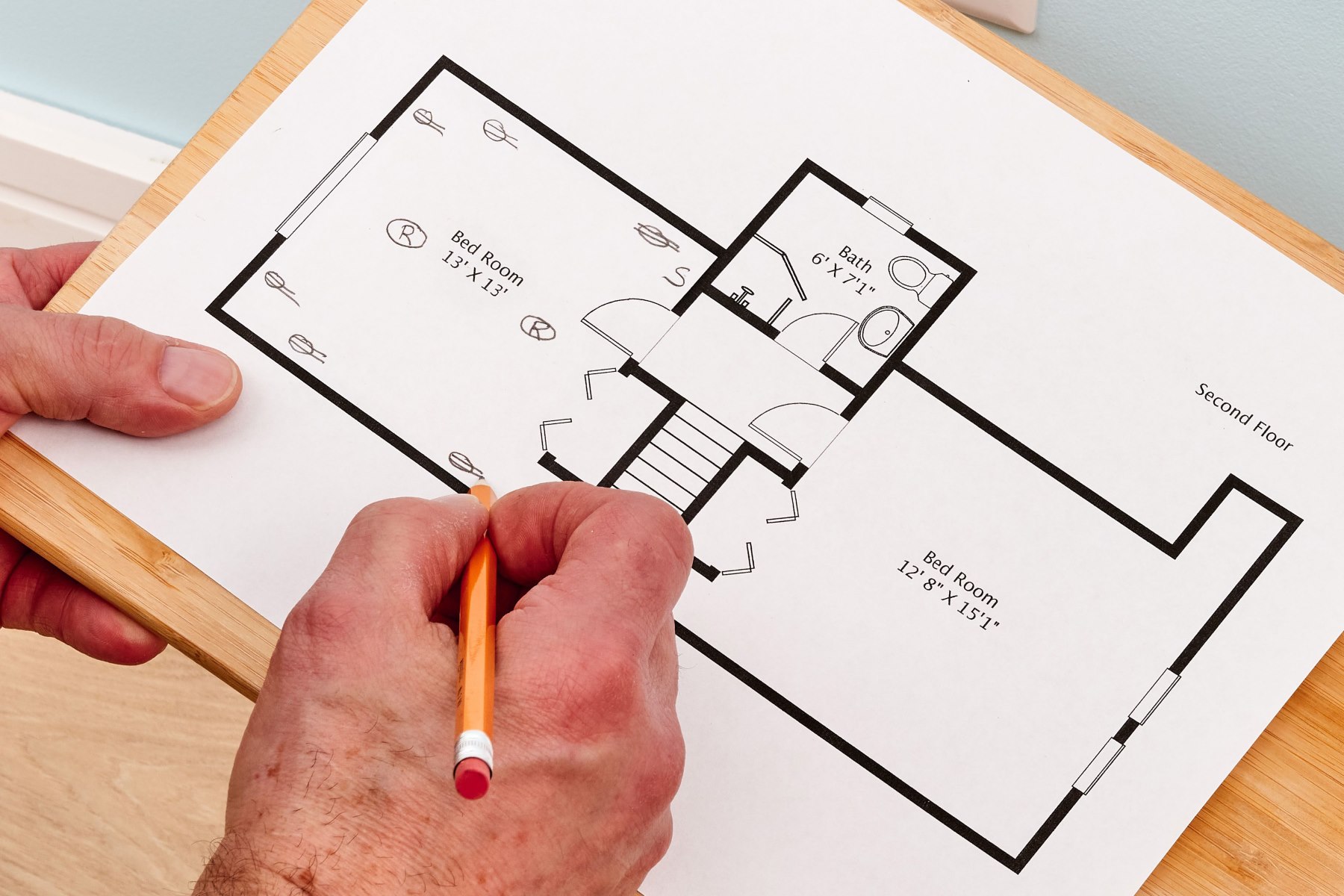
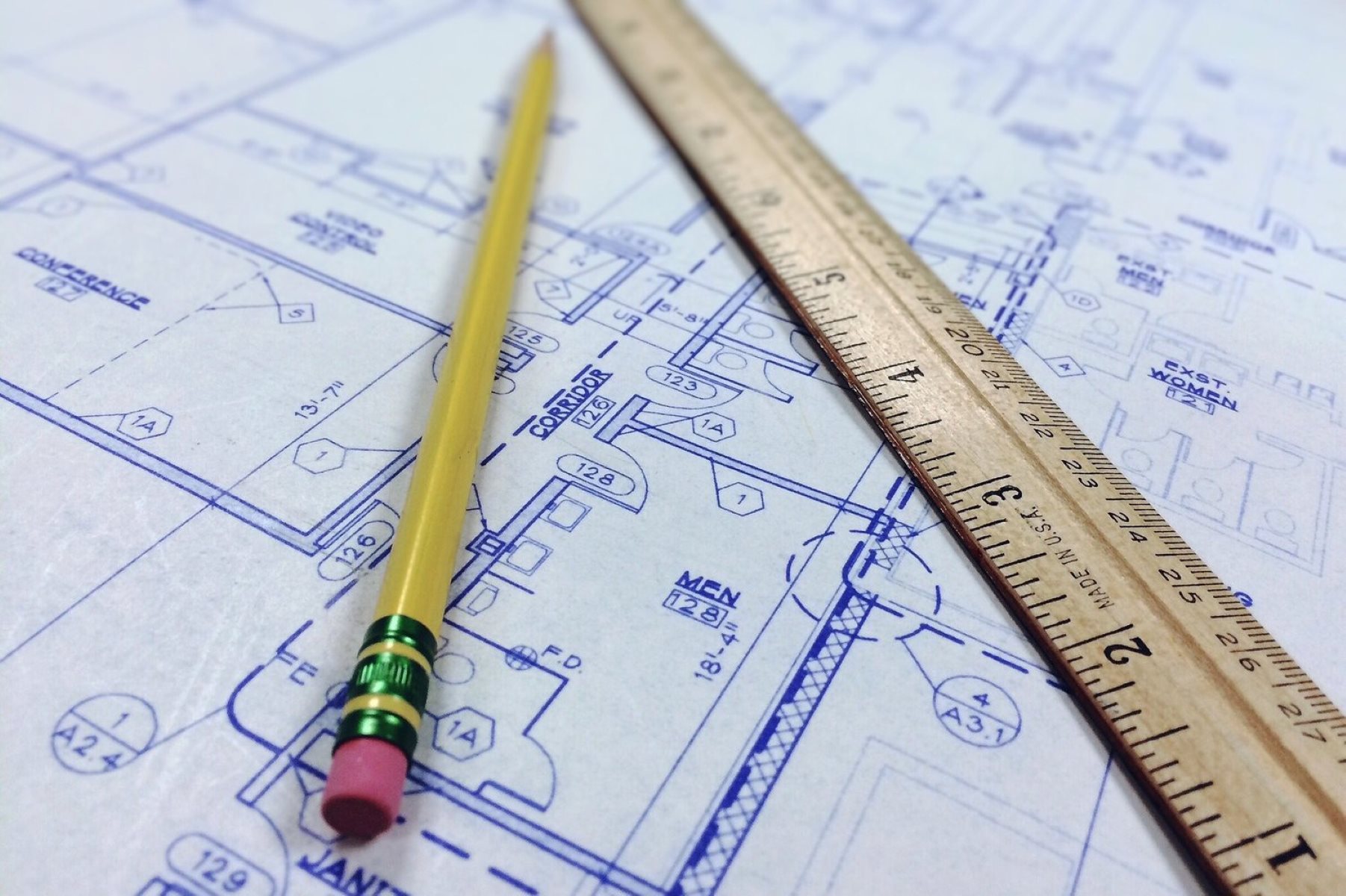
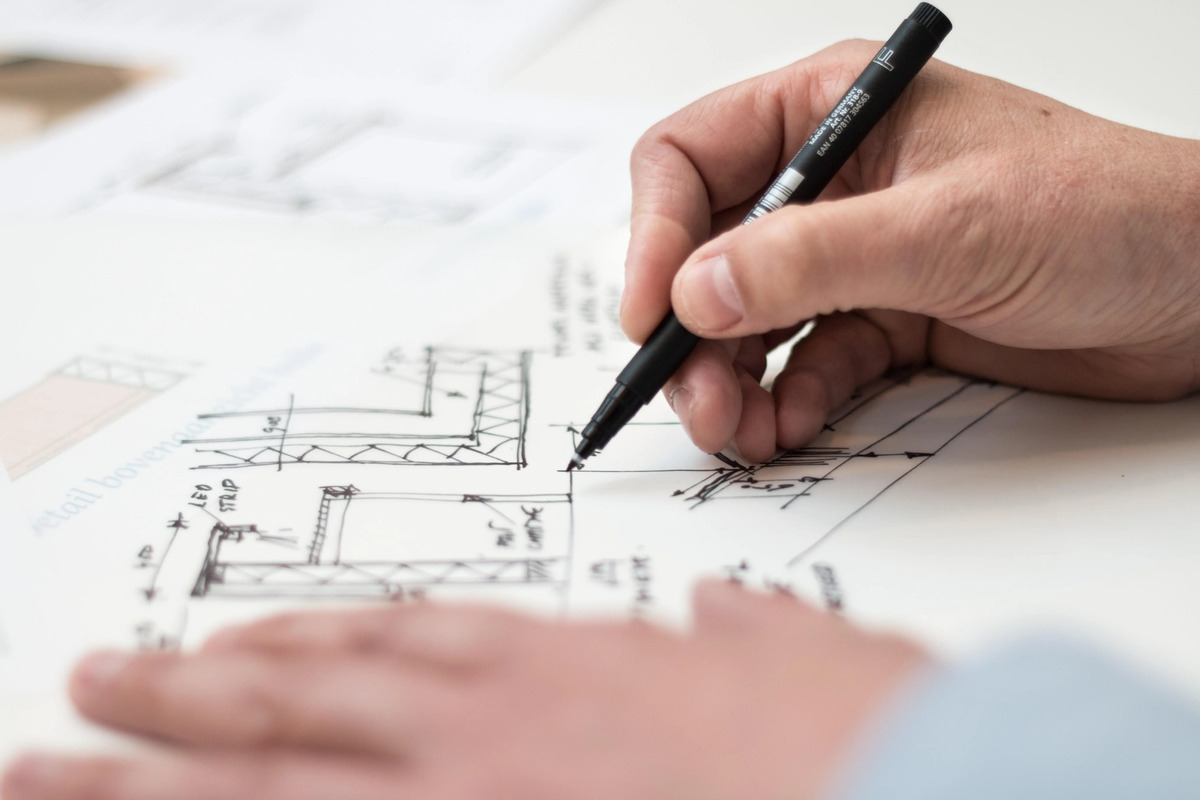
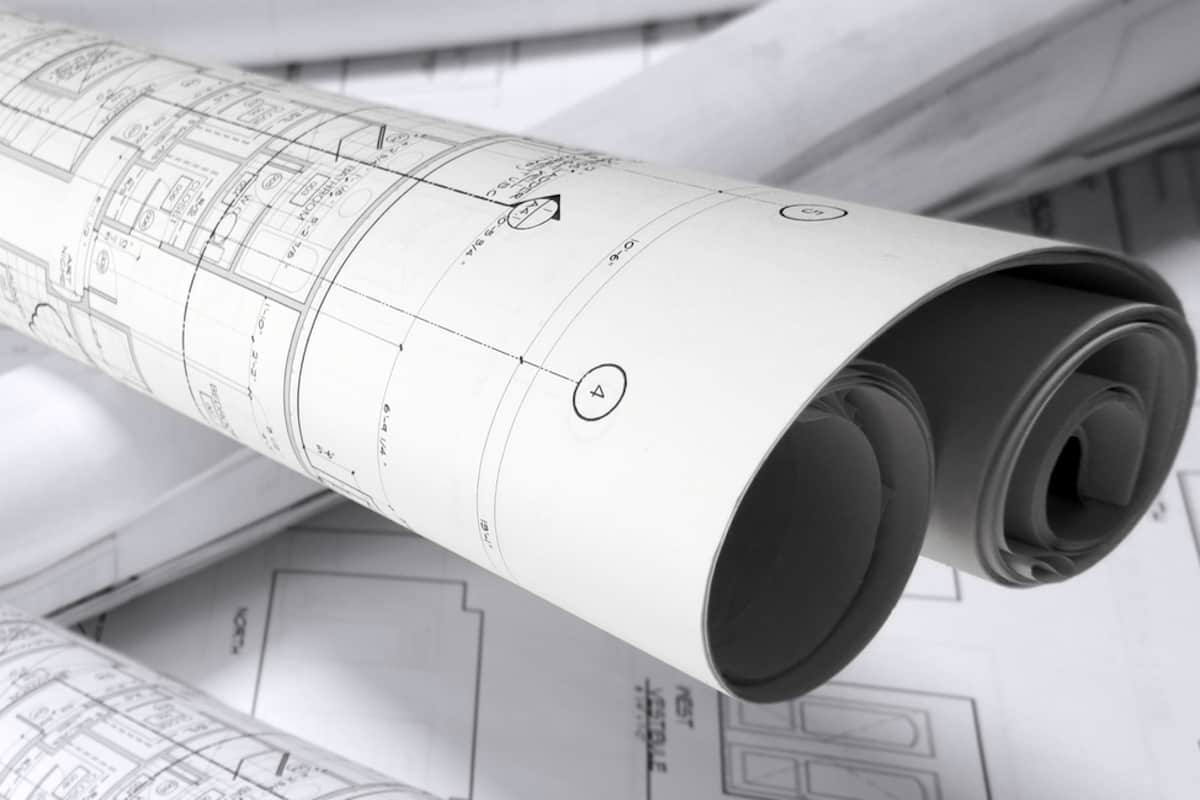
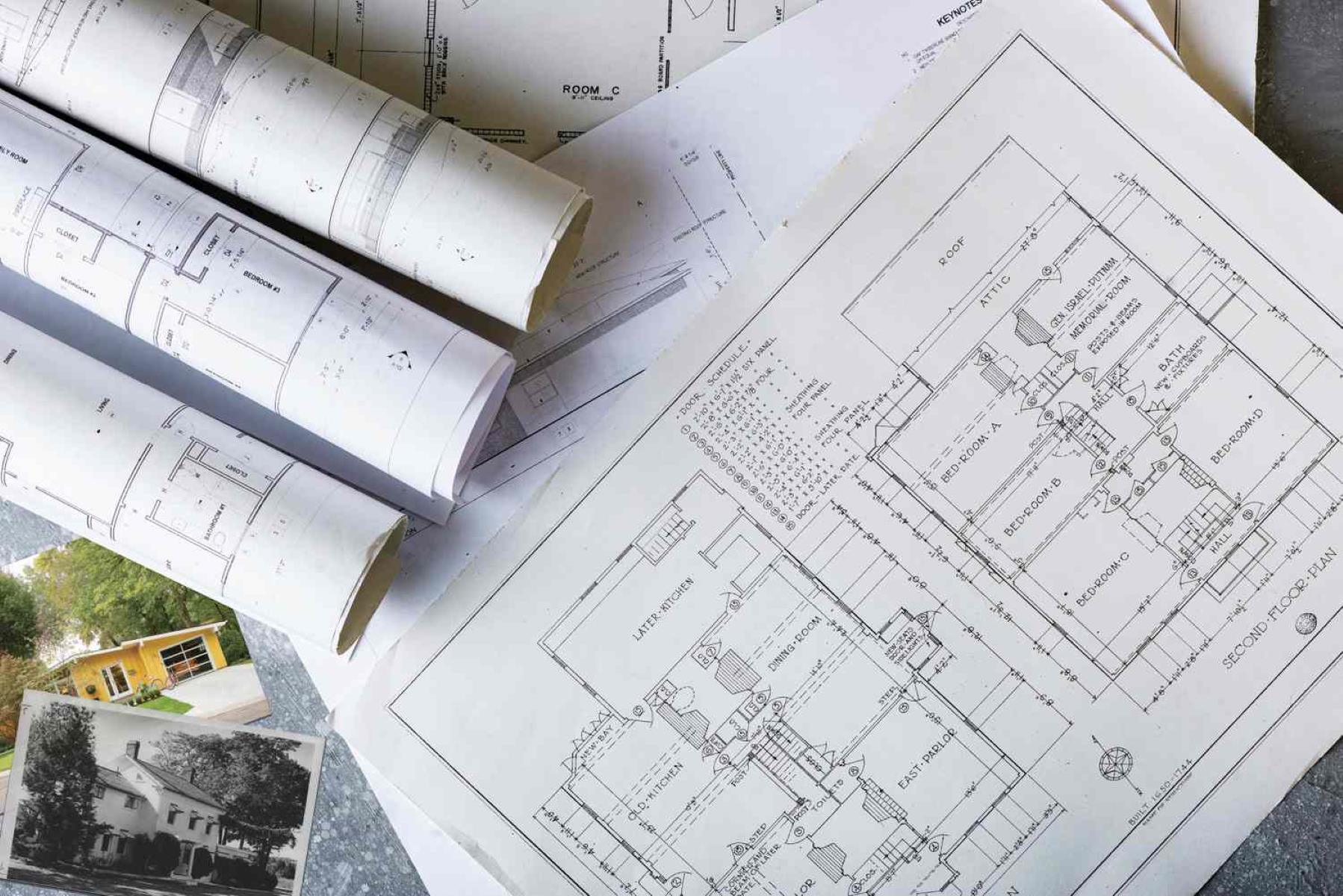
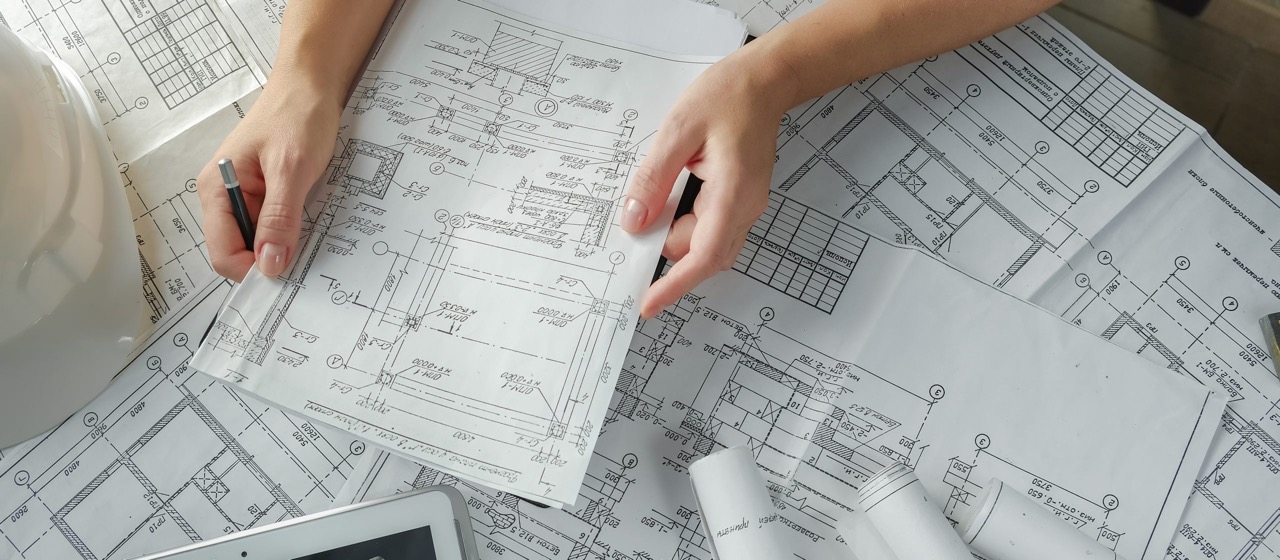
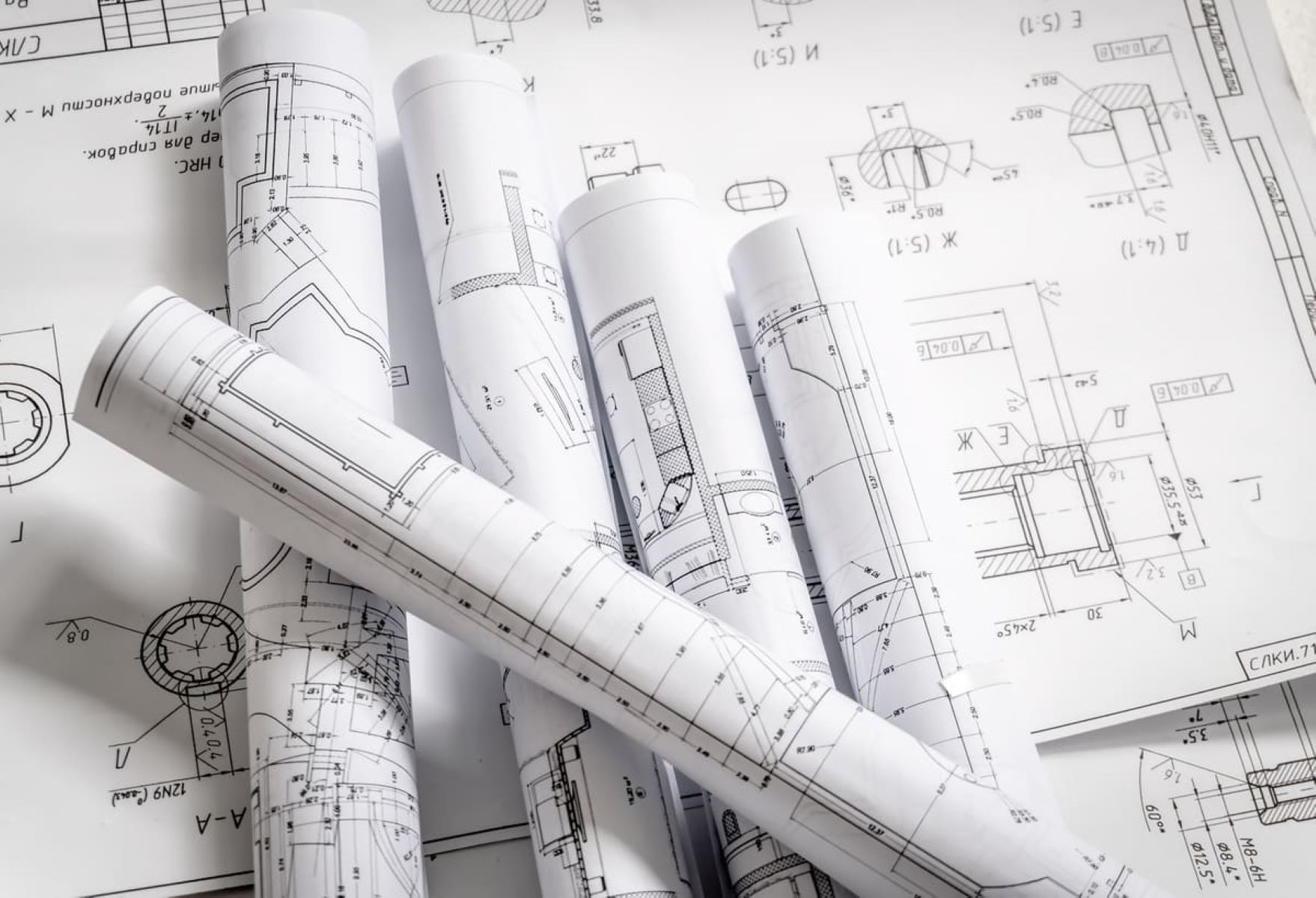
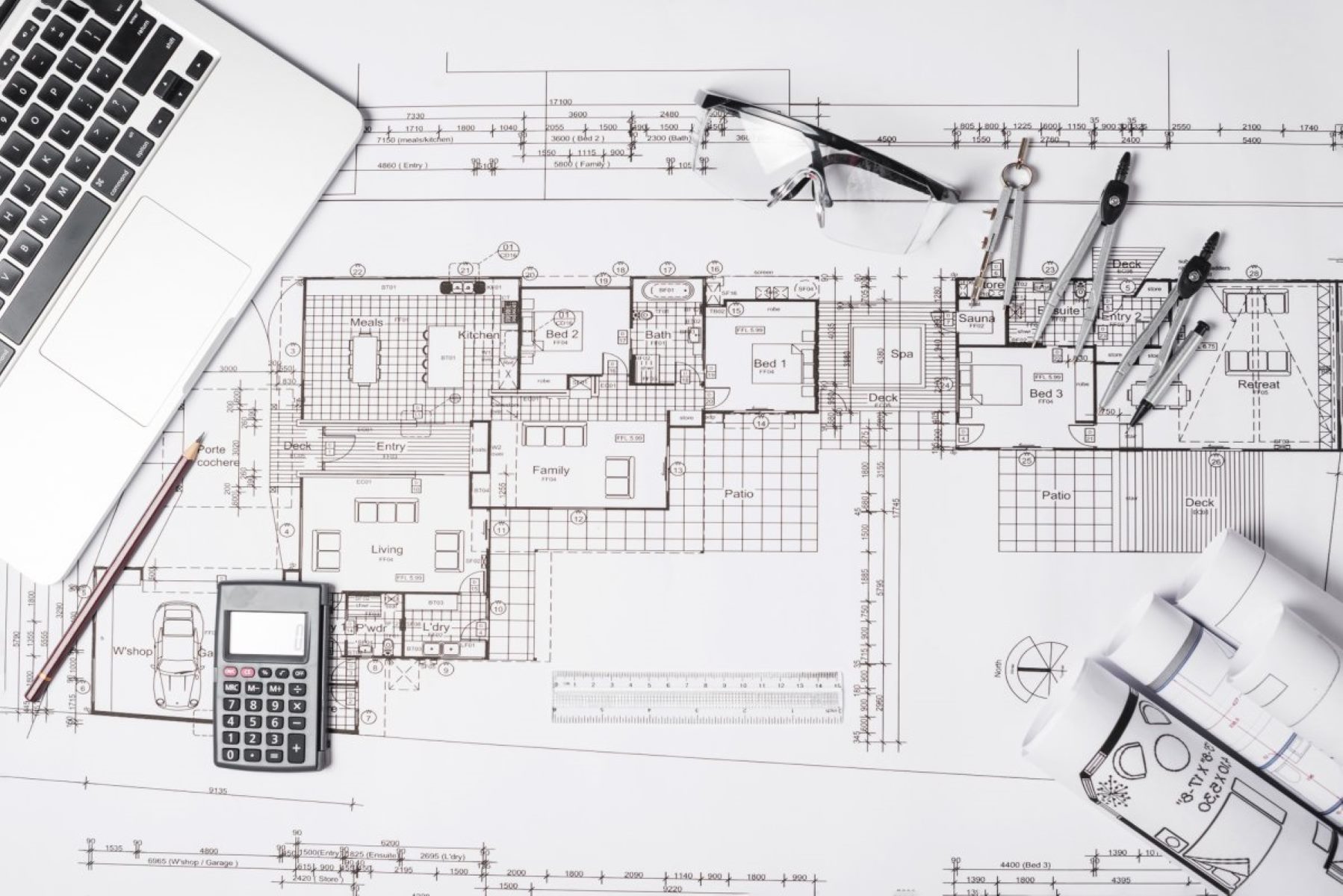

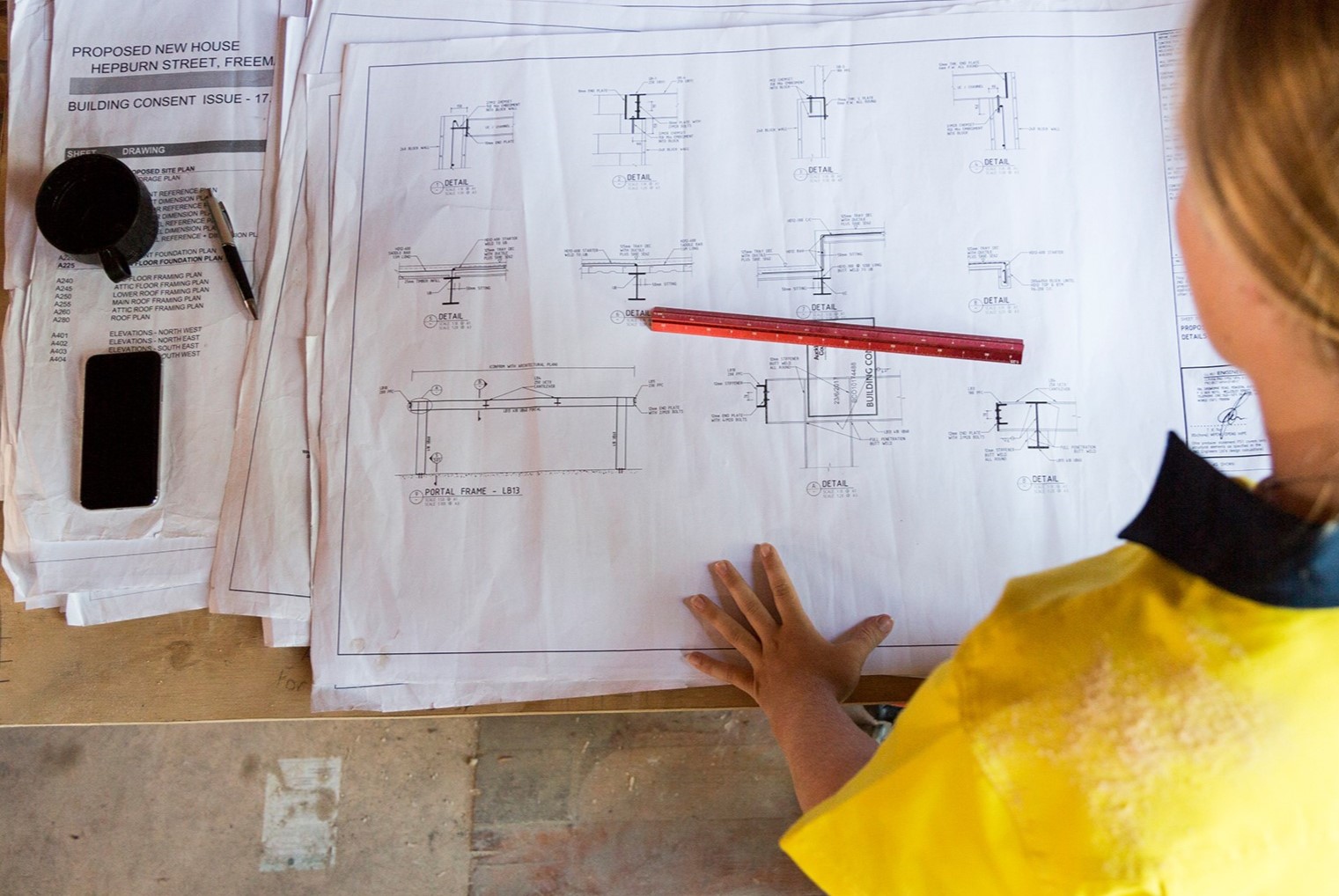




0 thoughts on “How To Become A Blueprint Designer”